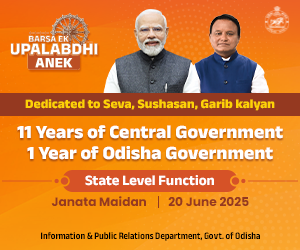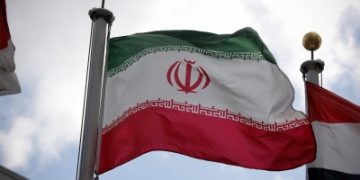India is accelerating fast on the highway of the digital economy and currently boasts of a superior ecosystem which has encouraged a thousand innovations across the spectrum. We have already hit a century when it comes to unicorns in startups with a total valuation of $332.7 billion. It is now said that one out of every 10 unicorns globally has been born here.
In this backdrop it comes as no surprise if digital lending is also attracting the attention of both banks and policymakers. While we celebrate our success in the field of IT, the bedrock of a country’s success lies if the fruits of development reach out to the last person.
The government’s initiative to set up 75 Digital Banking Units (DBUs) in as many districts is indeed a major step to bring more people into the fold of the modern economy. Even today, 65 per cent of our country’s populace live in rural areas. There are as many as 6,40,000 villages in our country and a sizable population of these villages is still out of ambit of formal credit for various reasons. We have some 53,000-odd bank branches in villages. So on an average one bank branch is serving some 12 villages. But this is not uniform. In some states and in underdeveloped areas one bank branch is serving 20 or even more villages.
Across most states, and especially in eastern India — Bengal, Bihar and Odisha — the share of the number of accounts held by small and marginal farmers is disproportionately low when compared to their actual numbers. This again does not include landless farmers, oral lessees and sharecroppers. Most people in rural areas are still not comfortable visiting a bank branch and use the help of agents/middlemen. But they have comfort with a friendly branch manager of a bank who can understand their language and requirements. These new 75 DBUs will play a major part in breaking those barriers and make customers ‘aatmanirbhar’ to handle their banking needs and seek more services from their lenders. This initiative has the potential to break the chain where a lot of people in rural India continue to be largely dependent on informal sources of credit.
The focus of DBUs will be on educating customers and engaging prospective customers on a digital journey. Emphasis will also be on cyber security awareness and safeguards. A customer redressal mechanism will also be put in place to redress the grievances of customers of the command area. This indeed is a bold move to facilitate digitisation in rural areas. There are 775 districts in the country and this experiment which is being carried out in some 10 per cent of districts can be extended to more districts in future.
Bringing the postal offices, which is another budget announcement, under core banking solution will go a long way in enhancing the reach of rural populace to formal banking and formal credit network. The existing 53,000 bank branches and let us say another one lakh postal bank branches in rural areas will bring down the number of villages per bank branch from existing 12 to maybe 4/5. The business correspondents can continue to play their ‘Bank Mitra’ roles side by side. The transfer payment story has been quite a success from a modest beginning in 2016 to now when NPCI aims at 1 billion transactions a day in the next 3-5 years. In a similar fashion these DBUs can usher in the next generation reforms in India’s banking sector.
The writer is a senior advisor with the Indian Banks’ Association. Views are personal.







































